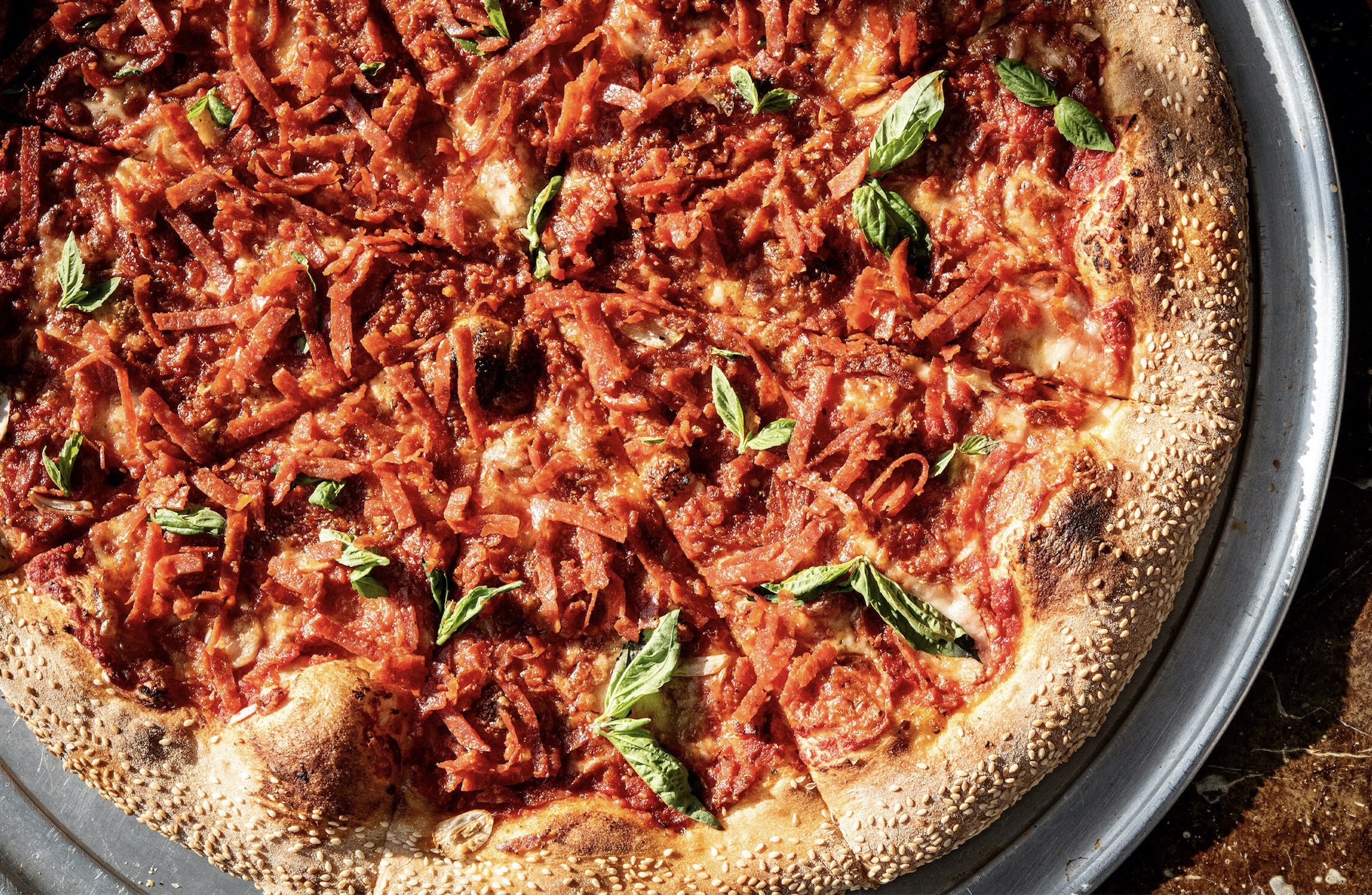Global food prices continued rising for the second consecutive month in July, led by vegetable oils and dairy products, according to the United Nations Food and Agriculture Organization (FAO). The FAO’s Food Price Index, which tracks international prices of the most commonly traded food commodities, averaged 94.2 points last month, a 1.2 percent increase from June and nearly 1.0 percent higher than July 2019.
Here’s a rundown on developments in five leading commodity categories:
- The Vegetable Oil Price Index averaged 93.2 points in July, gaining 6.6 points (or 7.6 percent) since June and reaching a five-month high. The continued strength of the index primarily reflects firmer values for palm, soy and rapeseed oils. International palm oil quotations rose for a second consecutive month, largely underpinned by prospective production slowdowns in major producing countries due to localized floods following heavy rainfall. Larger than expected global import demand and lingering concerns over migrant labor shortages in Malaysia lent additional support to palm oil prices. International soy oil prices also increased markedly, mainly on account of tightening supplies in Brazil, one of the world’s leading soy oil exporters. Rapeseed oil values were sustained by fresh demand from both the biodiesel and food sectors in the EU.

- The FAO Meat Price Index averaged 93.0 points in July, down 1.7 points (1.8 percent) from June and 9.4 points (9.2 percent) below the corresponding month last year. Price quotations for pig and bovine meats both fell in July, as global import demand volumes remained below export availabilities, notwithstanding the coronavirus-induced disruptions to slaughtering, processing and export activities in key exporting regions. Quotations for poultry meat registered a recovery, following five months of consecutive declines, largely reflecting production cuts in Brazil, triggered by high feed costs and concerns over demand outlook moving forward. Following a sharp increase in June, ovine meat prices increased only slightly in July, reflecting a more subdued demand.
- The Cereal Price Index averaged 96.9 points in July, almost unchanged from June and up 0.4 points (0.4 percent) from the corresponding month last year. Among the major cereals, the prices of wheat changed little month-on-month, while maize and sorghum prices registered sharp gains and those of rice fell. In the wheat markets, despite a weaker US dollar and concerns about production prospects in Europe, the Black Sea region and Argentina, slow trade activity and early expectation of a strong production recovery in Australia kept the average July value at around the same level as in the previous month, almost 2 percent higher than in July 2019. While barley prices also remained stable, export price quotations for both sorghum and maize registered strong increases in July, up 5.8 percent and 3.7 percent, respectively, from June (14 percent and 10.4 percent from July 2019). While the surge in sorghum and maize prices were primarily driven by recent large purchases by China of both grains from the United States, weather worries and the slide in the US dollar also lent support. By contrast, prospects of large 2020 harvests and quiet market activities pushed down international rice prices to four-month lows, despite renewed concerns over logistical bottlenecks caused by the Covid-19 pancdemic.
- The Dairy Price Index averaged 101.8 points in July, up 3.5 points (3.5 percent) from June. Quotations for all the dairy products last month represented in the index rose, moving the overall value 0.7 points (0.7 percent) above the corresponding month last year and for the first time above pre-pandemic level. Quotations for milk powders, especially whole milk powder (WMP), rose on account of strong import demand by Asian buyers with some concerns over the eventual size of export availabilities in Oceania in the 2020/21 production season. Meanwhile, although they remained below the pre-pandemic levels, quotations for butter and cheese continued to increase, buoyed by robust import demand amid seasonally declining export supplies and steadily rising internal demand in Europe.
- The FAO Sugar Price Index averaged 76.0 points in July, up 1.0 points (1.4 percent) from June and 3.4 points (4.3 percent) from July 2019. Rising energy prices, combined with lower sugar production prospects due to a severe drought in Thailand, the world’s second largest sugar exporter, underpinned sugar price movements in July. However, the strong sugar crush numbers from Brazil, the world’s largest sugar producer, which showed mills favoring sugar to ethanol, limited the overall price increase.






